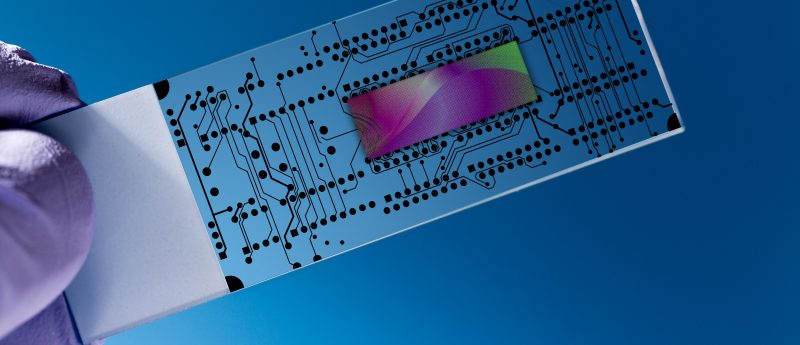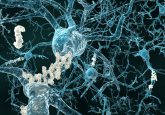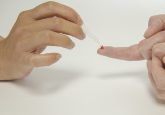Smartphone-integrated handheld spectral analyzer: the diagnostic tool of the future?

Researchers at the University of Illinois at Urbana-Champaign (IL, USA) have developed technology that could enable a smartphone to perform medical diagnostic tests. The spectral transmission-reflectance-intensity (TRI) analyzer attaches to a smartphone and could analyze patient blood, urine or saliva samples.
In their work published in Lab on a Chip, the team demonstrated that a smartphone-integrated handheld detection instrument was capable of utilizing the smartphone camera as a high-resolution spectrometer. The instrument collects light from the white ‘flash’ LED of the smartphone, or an integrated green laser diode to illuminate sample fluids. The light emerging from the sample is gathered through an optical fiber and passed through a diffraction grating, placed directly over the smartphone camera to generate spectra from the assay.
The team used the TRI analyzer to perform two commercially available assays in the field of point-of-care maternal and infant health: an ELISA assay to detect fetal fibronectin protein, a biomarker associated with preterm birth in pregnant women; and a fluorescent assay to detect phenylalanine as an indicator for phenylketonuria.
In each case, the TRI analyzer was demonstrated to be capable of achieving limits of detection comparable to those acquired with conventional laboratory instruments, indicating the system could serve as a platform for rapid, simple transformation of existing biosensing assays to a point-of-care setting.
Each sensing modality is associated with a unique configuration of a microfluidic ‘stick’ containing a linear array of liquid chambers that are swiped through the instrument as the smartphone captures video, and the software selects spectra representative of each compartment accordingly. This ability to quickly and reliably analyze multiple samples makes the analyzer a portable diagnostic lab, suitable for patients with urgent health situations requiring rapid diagnosis or for those with no convenient access to diagnostic test facilities.
Sources: Long KD, Woodburn EV, Le HM, Shah UK, Lumetta SS, Cunningham BT. Multimode smartphone biosensing: the transmission, reflection, and intensity spectral (TRI)-analyzer. Lab Chip doi:10.1039/C7LC00633K (2017)(Epub ahead of print); www.sciencedaily.com/releases/2017/08/170810173344.htm?utm_source=feedburner&utm_medium=email&utm_campaign=Feed%3A+sciencedaily%2Ftop_news%2Ftop_science+(ScienceDaily%3A+Top+Science+News)



